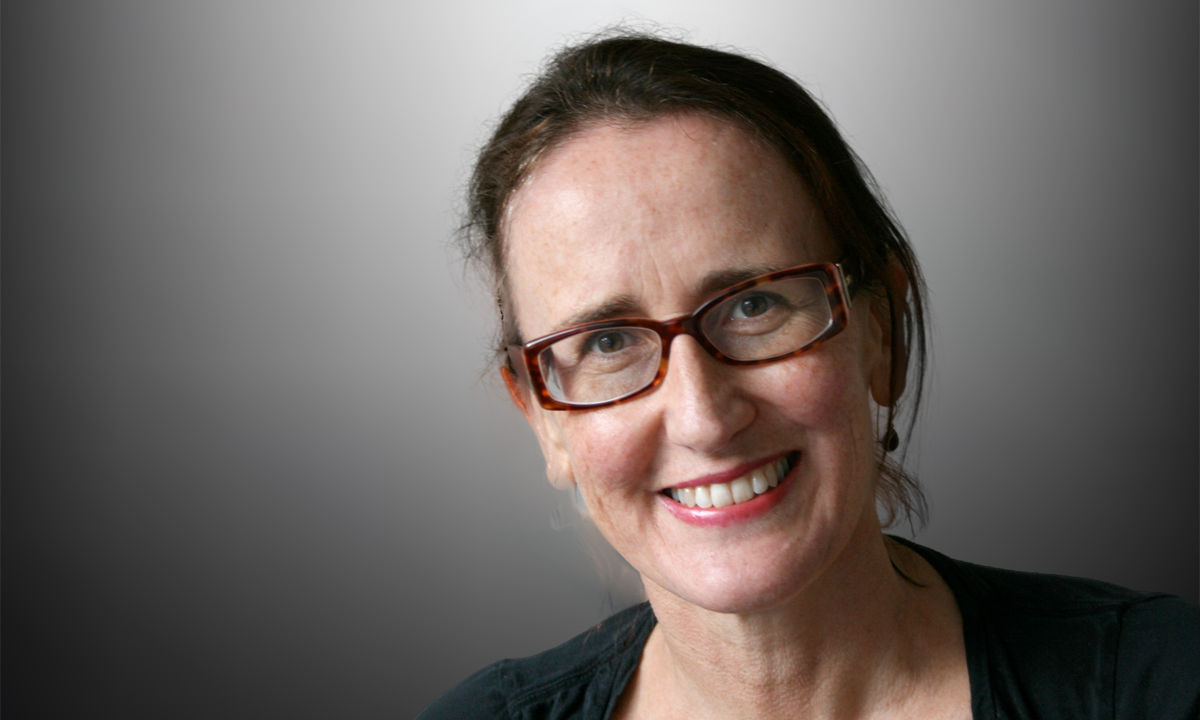EARLIER this year, Sydney’s Daily Telegraph took readers to the “graveyard war zone”, to the heart of the city’s “ice epidemic” where police and ambulance officers confront “crazed users with superhuman strength and subhuman reason”.
Who knew the zombie apocalypse had arrived in sunny Sydney?
It’s not unusual for tabloid newspapers to get a bit hysterical when it comes to mind-altering drugs.
In 2009, Britain’s The Sun ran an article about the then legal party drug mephedrone (also known as miaow-miaow), under the tasteful headline: “Legal drug teen rips his scrotum off”.
During an 18-hour high, the teenager had apparently hallucinated that centipedes were crawling all over his body and biting him.
Sadly, the newspaper has removed this groundbreaking piece of journalism from its website, but you can read an analysis of the “rhetoric of fear” in this and other media coverage of mephedrone here.
In pre-World War II America, there were similarly alarming stories about marijuana.
“An entire family was murdered by a youthful [marijuana] addict,” wrote the commissioner of the Federal Bureau of Narcotics, Harry Anslinger, in the 1930s. “When officers arrived at the home, they found the youth staggering about in a human slaughterhouse.”
The panic around marijuana, and the later hysteria around the supposed chromosomal damage caused by LSD (“If you take LSD even once, your children may be born malformed or retarded”) have been documented in a book by US sociologists Erich Goode and Nachman Ben-Yehuda.
Some may argue that exaggerated claims about illicit drugs don’t matter.
After all, any mind-altering substance has the potential to cause harm. If the wilder allegations deter even a small number of potential users, maybe that’s a good thing.
Well, if you’re happy to succumb to the demands of a post-truth world, it might be.
For anybody committed to evidence-based medicine and policy, that kind of selective approach isn’t a viable option.
When experts buy into the exaggeration and fear-mongering, as they sometimes do, it further undermines respect for science and can make it hard to communicate clearly about the relative risks of different drugs and user practices.
Addiction researcher Dr Nicole Lee has written that Australia is not in the midst of an ice epidemic, though the drug is undoubtedly causing harm to some users.
Fear messages, she told the ABC, don’t work as the “people at the highest risk of using just switch off when we show them scary things”.
“Sometimes those scare tactics and media campaigns can actually increase young people’s interest in using,” she said.
If it’s true that there’s no such thing as bad publicity, you could see the British media’s hysteria around miaow-miaow as a massive free marketing campaign for the drug.
It’s all part of our irrational approach to mind-altering substances, an approach that is too often based on fear and punishment rather than harm minimisation or a clear-headed examination of the evidence.
British pharmacologist Professor David Nutt has argued that the “war on drugs” may be causing more harm than the drugs themselves through, for example, criminalisation of young people and market distortions that encourage use of more risky drugs.
If we really want to do something about drug-related harms, we need to get off a war footing, put the zombies to rest and start talking evidence.
Jane McCredie is a Sydney-based science and health writer.
To find a doctor, or a job, to use GP Desktop and Doctors Health, book and track your CPD, and buy textbooks and guidelines, visit doctorportal.

 more_vert
more_vert
Criminalising users is of no use, so the emphasis needs to be on rehabilitation, but this must be mandatory, not optional or subject to the vagaries of treatment centre vacancies. Funds should be reallocated from the jails to rehabilitation. Mandatory rehabilitation administered by the courts also addresses the social aspect. My objection to harm minimisation is that it gives a subliminal tick of approval to an activity which in many cases is self destructive and is a driver of petty crime and violence. Society has to make certain types of drug abuse socially unacceptable and mandating rehabilitation is a strong message that society does not approve or support this type of behaviour.